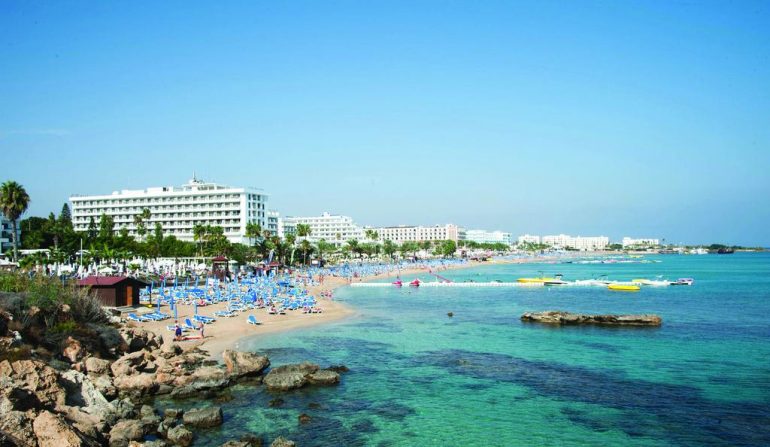By Antonis Loizos *
The tourist area of free Famagusta has its ups and downs with the high demand of tourism and with the additional 2.500 beds that are being built now and the upgrades of most others. This area has been "learned" by the Russian and German markets, while the quality of tourism has also diversified, from young troublemakers (mainly British), to middle-aged families, mainly Russians. To foreign tourists should be added the locals, mainly Nicosians and although the demand from this source is mainly for the months of June-August, there are several hundred holiday homes / apartments and others to rent. The new trend of tourism data and the lack of beds, has caused a new type of investment for the region, that of the units for rent (Villas to let) and / or the BRNB system. This area has the highest demand in this area, although problems are being caused by unruly tenants focusing on harassment of neighbors.
The future of the area is very positive, with the contribution of new infrastructure projects, such as the marinas of Ayia Napa and Paralimni, the various road infrastructure projects under construction and the long-awaited golf course in the area (although local authorities appear optimistic, however there is nothing certain on the horizon). This project is particularly important because it will extend the tourist season and attract new local tourism (see Aphrodite golf course / Secret Valley etc which is popular with locals in Nicosia).
This area still has limitations, both in terms of usable land and the proposals for the new local plan and of course with shortcomings in the claim of local authorities.
Although there seems to be large areas of development land, in practice 80% do not have access roads, so development is limited mainly for small developments and without an urban plan for accesses it is tragic, because large areas remain untapped, while at the same time there are shortages. in tourist beds etc. The provisions of the local plan (now under discussion) instead of increasing their building factors have reduced them, considering that the area should remain a "village". We do not understand that in other areas hotel units can achieve double building rates (such as Limassol), while the area has been reduced from 70% to 40% building rate for hotels etc.
It is also a given that this area, despite hosting thousands of tourists, has limited sandy bays. We therefore support the efforts of the local authorities to upgrade their beaches and the "interventions" of the Municipality of Paralimni, Sotiras and others, show their positive results in practice. Because the area is considered as one (Ayia Napa-Paralimni-Sotira-Deryneia) it is tragic the lack of continuous transport, which is limited by the local taxi mafia clique, to connect the various areas and help the commercialization of non-coastal centers. There are excellent restaurants in Deryneia-Sotira, within the village, but for foreigners who do not have a car, these areas are unknown.
At the same time, we observe large areas that have been classified as "Natura" and / or green areas, areas that are in the middle of existing developments and have an immediate need for expansion where there is demand. The area west of the Paralimni-Cape Greco road is almost extinct for development, while remarkable projects and even this tourist village of Agios Elias, which has become the most remarkable by travel organizers, is trapped in its own land (surrounded by a green zone). The local protection zones of the beach extend beyond 100 m from the beach, causing a great reduction of the development land in net area, while such protection areas do not exist in other areas, such as Limassol-Paphos, Larnaca, etc. In a recent development the project It was placed 60 m away from the sea, it has no space for a swimming pool, nor for parking spaces, as a result of which the owner ended up in the construction of houses instead of a tourist project (which is certainly a loss for the area). In another case, a coastal property of about 40.000 sq.m. can not be developed due to lack of access, while the owner 8.000 sq.m. land that would connect the coastal estate with a road, he asked for it to be built as a consideration for the concession of the construction of a small hotel !! (so how is growth expected with this data?).
Because we believe that this area is being wronged (for example the tourist area of Deryneia which is "forbidden" since 1974) at the same time we do not observe public protests (although this Government is very positive in development) we conclude that they may have a large fault rate and local authorities.
From the data we have, the area has remarkable mayors (Pyrillis in Paralimni and Karousos (Ayia Napa) while the boldness of the Municipality of Sotira (Takkas) should not escape us.
It is inconceivable to us that Famagusta with the largest population of tourists is left to its own devices.
* Antonis Loizou FRICS - Antonis Loizou & Associates Ltd - Real Estate Appraisers & Development Project Managers
www.aloizou.com.cy
ala-HQ@aloizou.com.cy
